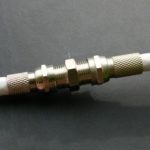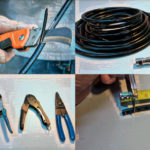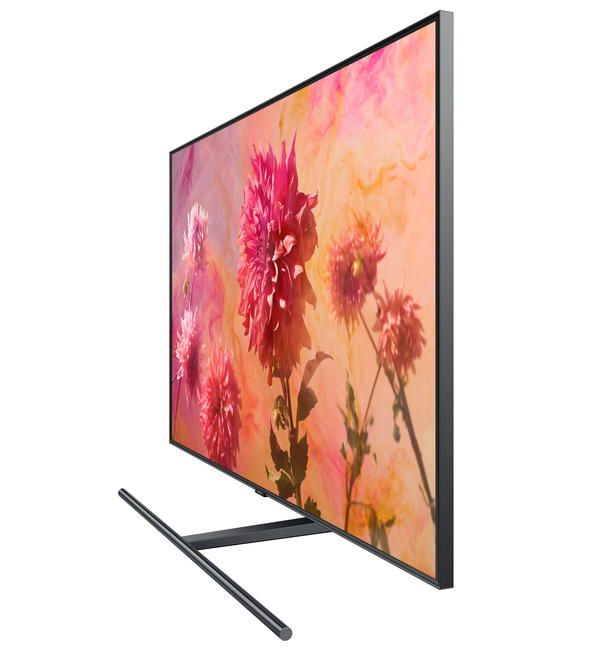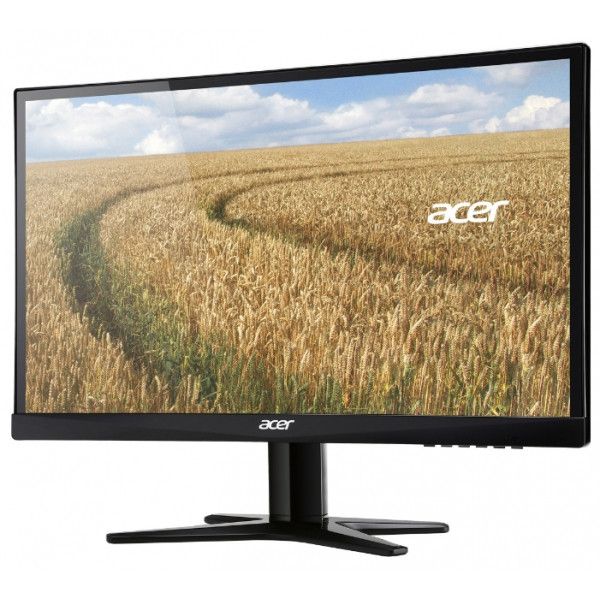How to make an antenna cable for a TV
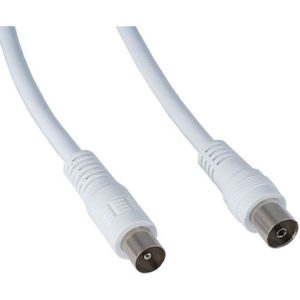 The antenna (coaxial) cable serves as a means of connection and is also designed to transmit analog, digital and other television signals. A television signal refers to the transmission of information in the form of images and sound using electricity.
The antenna (coaxial) cable serves as a means of connection and is also designed to transmit analog, digital and other television signals. A television signal refers to the transmission of information in the form of images and sound using electricity.
The content of the article
Features of the antenna cable: design and principle of operation
An important role in receiving and transmitting a high-quality television signal is played not only by the power of the incoming message, but also by the quality of the wire. High-frequency current is transmitted through the inner conductor (central core). Thanks to its multi-layer design, the antenna cable provides an uninterrupted signal with minimal interference. The antenna cable consists of the following layers:
- The center wire (core) is the inner conductor, for which copper alloy wires are mainly used.
- Insulation layer (inner shell). Made in the form of continuous foamed polyethylene (fluoroplastic). Which, in addition to insulation, performs the function of ensuring the coaxial arrangement of the internal as well as the external conductor.
- A layer of aluminum foil. Which forms a shield around the dielectric.
- Aluminum braid. Performs the function of a screen that prevents electromagnetic interference.As a rule, it is believed that the denser the braid, the higher the quality of the wire.
- Outer insulating shell. Designed to protect against external mechanical influences, and also serves to counteract ultraviolet radiation. Black braided wires are intended for outdoor use as they are more resistant to ultraviolet rays. And wires with white insulation are used for internal installation.
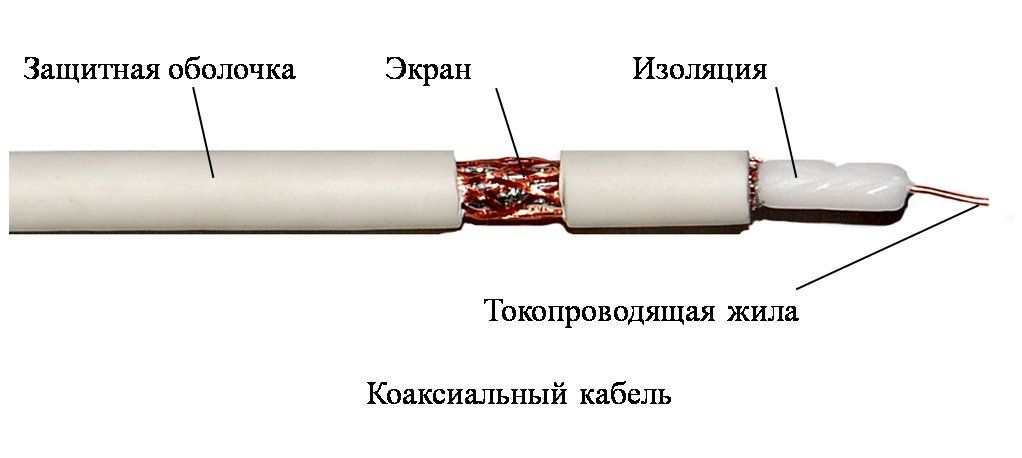
REFERENCE! The use of ordinary copper or aluminum wires as an antenna cable is unacceptable due to the lack of protection against radio interference.
How to choose a cable for connecting to an antenna and TV
A good wire is the key to a high-quality TV signal. To select the correct cable, the following parameters must be taken into account:
- The characteristic impedance should be 75 Ohms. It is this resistance indicator that guarantees the transmission of high-quality images to the TV.
- The cable diameter must be at least 6 mm. Conductors are smaller than the specified diameter and have a more fragile structure, which leads to rapid wear or damage.
- The linear attenuation value must be at least 60 dB.
- The appearance must match the cable, i.e. there must be markings on it.
- The presence of an unpleasant odor is a clear sign of a poor-quality conductor.
- The conductor must have sufficient flexibility. At the same time, folds should not form on it during deformation.
All antenna conductors are marked, foreign ones begin with the prefixes RG, SAT, DG, and domestic ones - RK (radio frequency cable). The most common models on the market are:
- RG-6. The thickness ranges from 6 to 7 mm. The core is made of copper-plated steel or copper.It has a protective shell made of polyvinyl chloride, a foil screen, and an aluminum braid. Insulating shell made of polyethylene. Typically, RG-6 is used to transmit analog, cable or digital signals. It is the cheapest conductor, but naturally the quality is not at a high level.
- RK-75. The conductor is a copper core. Insulation made of solid or porous polyethylene. The screen is in the form of a braid of copper (tinned) wires and covered with a sheath of PVC plastic. The class is identical to the RG-6 cable, but thanks to the improved screen it allows the transmission of a satellite television signal.
- SAT-50. More expensive wire, country of origin – Italy. It is a standard coaxial cable with reinforced shielding. Transmits cable, satellite, digital and analogue television signals.
- DG-113. The characteristics are one level higher than previous models, but have a higher price category. The cable contains an additional shielding braid, and the value of the linear attenuation is about 90 dB.

REFERENCE! It is recommended to purchase DG-113 brand cables. They have excellent signal transmission parameters, and also have higher reliability and durability.
How to connect an antenna cable
In addition to a good signal and cable, the quality of transmission is affected by the correct connection to the TV. The connection is made using an adapter in the form of a plug. The connection between the plug and the antenna cable is as follows:
- At a distance of a couple of centimeters from the end of the wire, using a knife, an incision is made around the perimeter to the screen sheath.
- The insulation sheath is removed down to the inner conductor.
- The wire is connected to the plug until it stops.
- The conductor is cut off along the border of the outer part of the plug.
In cases where it is necessary to connect several televisions to one antenna cable, adapter-splitters (“crabs”) are used, but the connected adapter reduces the power of the received information flow. The number of outputs on the splitter should be equal to the number of connected TVs. The presence of a free output also reduces the signal quality.
Splitters are installed in places with the strongest signal. To compensate for losses, special devices in the form of amplifiers are used. Amplifiers allow you to increase the quality of the television signal and reduce the amount of interference using an external frequency filter.
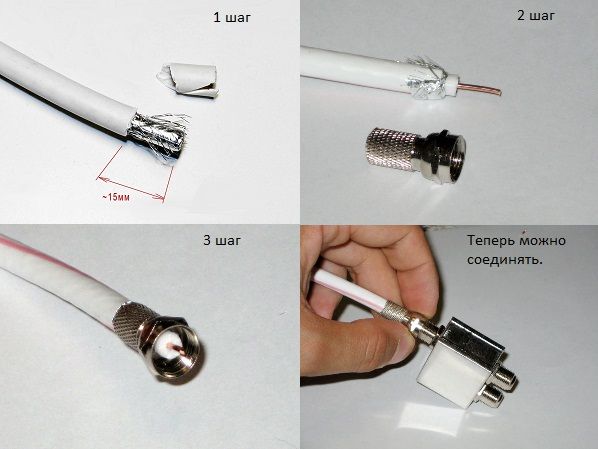
REFERENCE! When connecting two TVs to one antenna, the signal quality will decrease by 30%.
Adapters allow you to extend conductors by connecting them together. DTo avoid unnecessary signal loss, the extended cable must consist of wires of the same model and brand. Also, using adapters, you can repair damaged areas. The signal quality can be affected by the strong curvature of the conductor, so pay attention to the path of the laid cable.
What kind of plug is needed and is it possible to do without it?
The first connections between the plug and the cable were made by soldering them together. Next came connectors that made the connection using a clamp. Today, plugs of the F-connector type are used. A modern plug allows you to make the connection yourself, without the help of a specialist. The connection is made by screwing the connector onto the television wire until it stops.At the same time, modern connectors provide high message transmission. But do not forget that the quality of the transmitted signal, not only the image, but also the sound, depends on the correct connection.
Most receivers do not require adapters for the F-connector. Digital set-top boxes and TVs usually require an additional adapter (antenna plug).
REFERENCE! It is recommended to purchase plugs from the same store as the cable.
In emergency situations, when you need to connect the antenna to the TV, you can do without a plug. To do this, you need to remove the insulation shell to the inner conductor. Fold the exposed wire in half and connect it to the TV, but the signal quality will be low.

